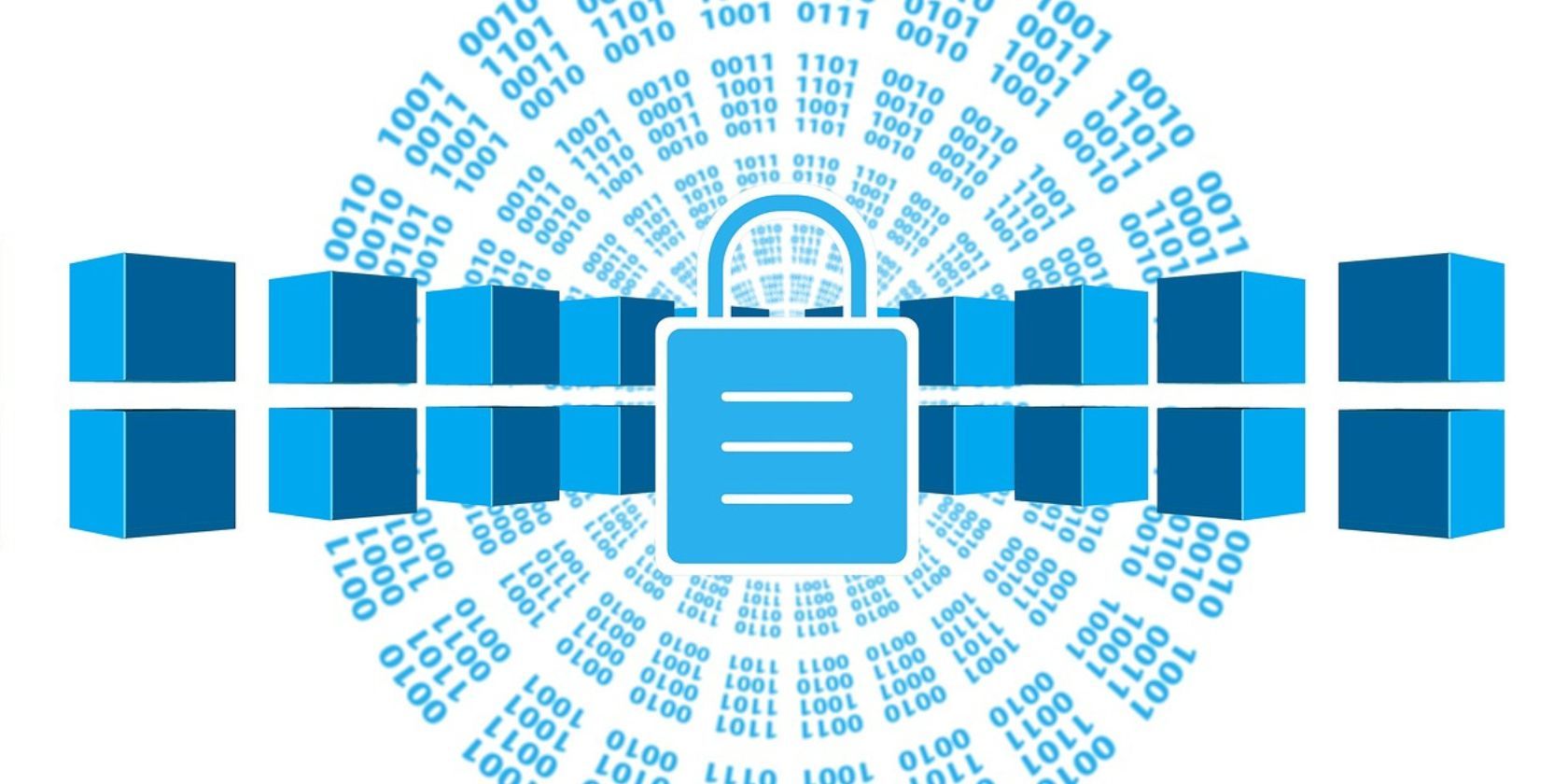Blockchain technology is now widely popular across the world in a range of different industries. But not all blockchains are one and the same. Instead, this kind of technology has many different variations, including federated blockchains. So, what is a federated blockchain, and what is its purpose?
How Does Blockchain Technology Work?
It's no secret that blockchains aren't particularly easy to get your head around. So, let's quickly run over the basics of blockchain technology before getting into the specifics of federated blockchains.
While blockchains are entirely virtual, it helps to think of them as a string of blocks, with each block containing certain information. The information on a blockchain can be shared with a small or large number of different individuals known as nodes. Public blockchains often have many nodes, while private blockchains have fewer.
The data stored on a blockchain is almost impossible to alter or delete, as cryptography is used to keep it safe. Each block in the chain has its own hash, which is the product of a mathematical algorithm. The hash produced in this process represents all the previous data stored in other blocks, linking the blocks together. It's this use of cryptography that makes blockchains so secure.
Because of their ability to store data so safely, blockchains have become very popular across a number of different industries, with different blockchain types being better suited to certain functions. So, let's get into the purpose and dynamics of federated blockchains.
What Is a Consortium Blockchain?
A consortium blockchain (also known as a federated blockchain) can sometimes be confused with a private blockchain, but the two are not identical to each other. This is because both private and federated blockchains require the pre-authorization of a user for access, unlike a public blockchain, which lets anyone join. Every pre-authorized user within a federated network also has equal control as the next.
But unlike private blockchains, consortium or federated blockchains are usually not owned and used by one sole group or organization. Rather, multiple organizations can exist on a single federated blockchain, allowing them to share data across the network privately and securely.
You're also unlikely to see a federated blockchain that deals with cryptocurrency. Though blockchains are generally known for their involvement with the crypto industry, some blockchains are more suited to this than others. For example, while public and private blockchains can and are used to record crypto transactions, federated blockchains are more geared towards data exchange and collaboration.
Like other blockchain types, a consortium blockchain still requires a consensus mechanism that all nodes can use to verify data. But federated blockchains can often provide low latency, as the user number is lower and fewer nodes are required for the consensus process. This is one of the biggest advantages of using a federated blockchain.
While federated or consortium blockchains are nowhere near as popular as public blockchains, they're still massively useful to an array of different companies, such as Hyperledger. This is a collection of open source projects that offer users the tools to build their own decentralized applications and services. With Hyperledger's frameworks, one can get a head start in their project development and receive a better chance of creating a well-designed network.
Federated blockchains are also popular in several other industries, such as finance, banking, and healthcare, though they seem to have become most popular among companies that want to share data securely.
Consortium and Federated Blockchains Have a Lot of Potential
While most of the well-known blockchains out there today are not federated, this isn't to say that this type of blockchain doesn't have a lot of promise. On the contrary, Federated blockchains have already demonstrated their use in an array of industries, and we'll likely be seeing them used more frequently in the coming years.



